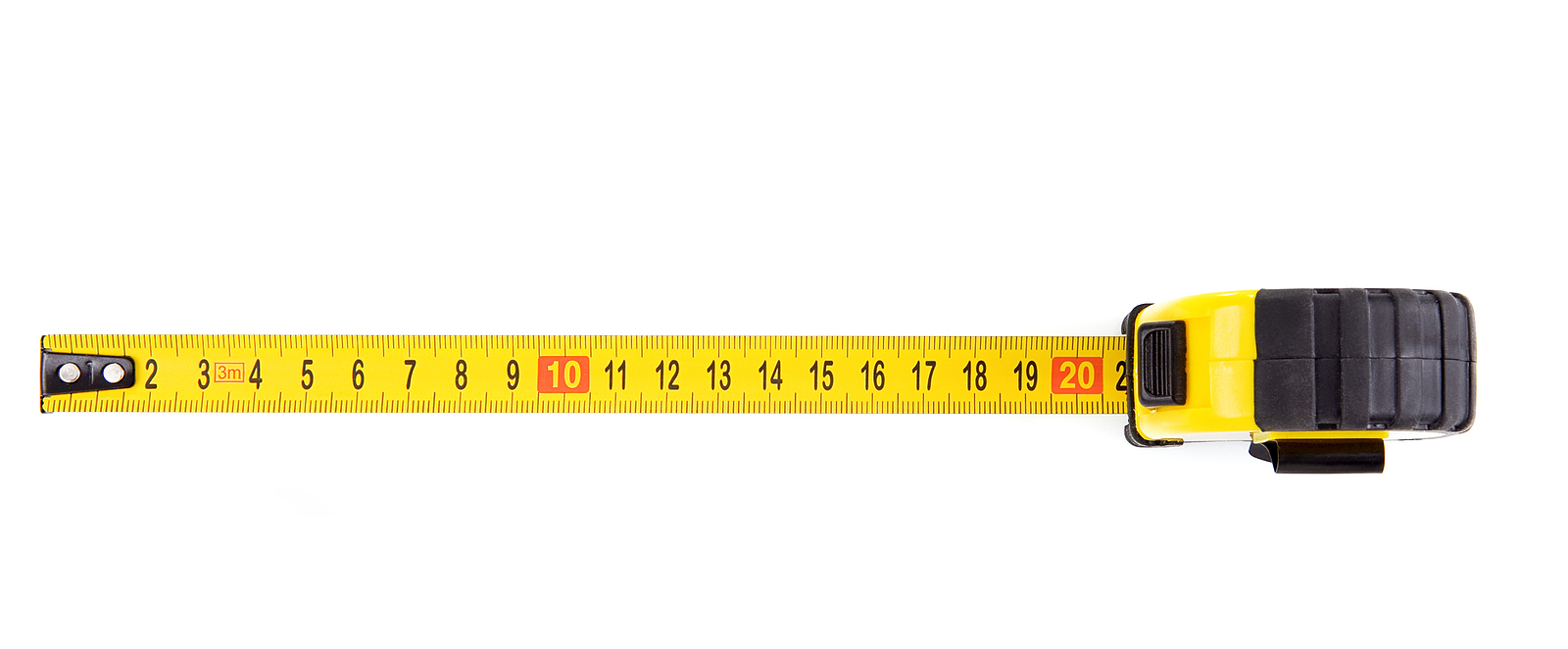How It’s Made – Tape Measure
“Measure twice, cut once” is an old proverb used not only in carpentry but also in life. It’s literal and figurative at the same time. Ultimately, it’s a reminder to think (and think again) before you act. With that said, July 14 is National Tape Measure Day and the tape measure is a ubiquitous tool we’ve all used (likely, without much thought). The best way I can think of, to give such a worthy tool it’s due, is to outline the lengths involved in the making of a tape measure for this month’s How It’s Made. Before we do that though, I thought I’d share the history of the tape measure, since it’s an interesting one!
The History – Tape Measures
Measuring devices have been around since ancient times. However, it wasn’t until the 19th century that the first patent was issued for a tape measure. This patent went to James Chesterman in 1829. He was a manufacturer of flat wire used in the making of hoop skirts. When hoop skirts went out of style, he found himself needing either a new use for his flat wire or a new career. After developing his own heat treating system, Chesterman made stronger and much longer wire. With this, he developed a lightweight measuring chain, meant to lighten the toolbelt of dock workers, carpenters, and construction workers.
Then, in 1868, an American inventor named Alvin Fellows took Chesterman’s wire measuring chain and made it better. He added a spring clip which allowed the tape to be locked into place for measuring purposes.
Did You Know – Tape Measures
Over the years, machinery made the tape measure easier to manufacture and additional features were added to make it easier to use! Interesting facts include:

- The blade is curved to ensure it stays rigid when extended. This curve also helps you read the numbers when measuring.
- The metal tip at the end of your tape is slightly loose on purpose. Additionally, the first inch is 1/16” short of an inch, due to the thickness of the metal blade. These two features allow you to measure at “true zero”. What does that mean? The metal tip is exactly 1/16” thick. So, if you’re measuring the outside of a surface, the tip will shift out, creating a gap, and stopping you from counting it in your measurement. If you’re measuring the inside of a surface though, you’ll want to account for the 1/16”
- Your tape’s metal tip has a nail grab and a scribing tool. The nail slot allows you to measure a flat surface without the assistance of someone else by giving you a place to hook a nail or screw. The scribing tool allows you to mark your surface, if you don’t have a marking tool available.
- The longest tape measure in the world not only measures at 600 feet, but is also gold plated!
How It’s Made
There are seven main parts of a tape measure: the case, the case length, the thumb lock, the blade (or tape), the hook, the hook slot, and the belt clip. However, there are 26 total components within the case, making this humble tool not so simple.

- Custom machinery made for tape measure manufacturing winds strips of hardened steel onto large wheels. These strips will be the blade/tape of the tape measure.
- These wheels of wound steel strips are then loaded into custom painting machinery. Through a series of rollers, the steel strips are unwound from the wheel and then painted.
- Once painted and dried, the strips are rolled to an inline digital printer which is programmed to mark out the numbers onto the blade/tape.
- Next, the numbers and measurements are inspected by automated, inline inspecting equipment.
- Once inspected, the machinery cuts a small oval from the end of the newly painted blade/tape.
- This oval hooks onto another metal strip which is almost as long as the blade itself.
- This metal strip coils around a hub in the tape measure case, ultimately acting as a spring when pulling out the blade/tape and during retraction.
- The tape measure case is then closed, labeled, and released for packaging.
I simplified the above steps for you. With all that in mind, check out this great video showcasing the actual manufacturing of a tape measure.
Once you’ve done that, check out this list of other tools every technician should have in his/her/their toolbox, take inventory of your own toolbox, and make sure you’ve got the all-important tape measure, too!
And remember – the right tool can make even the wrong job work.








